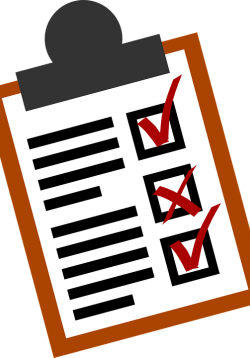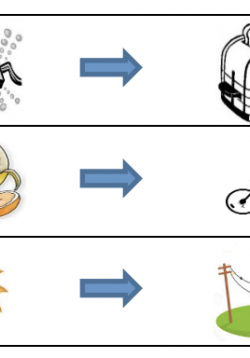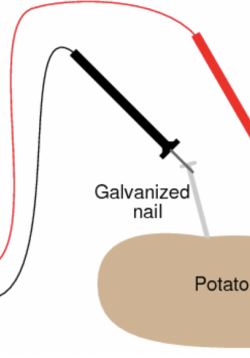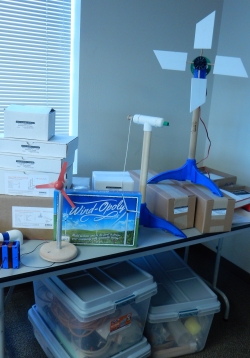Where Does Energy Go?
This lesson consists of six demonstration activities that show examples of ways in which water and air absorb heat to transfer energy from one place to another. These demonstration activities act as unique phenomena in which students can generate questions...









